I have noticed that in some cases transmission lines are loaded with lumped components (e.g. for matching) and in some other cases they are loaded with other transmission lines (characteristic impedances).
In that case, you have seen cases where the designers were trying to do specific things, and did them with the most appropriate components that were to hand.
Ideal components are generally considered to act 'at a point'. It's a fiction of course, but a useful one until they get large, or the frequencies get large.
You can make a transmission line (up to a certain frequency) out of a ladder of series Ls and shunt Cs.
You can make a small L (up to a certain frequency) with a shorted length of transmission line. You can make a small C (up to a certain frequency) with a short length of open circuit transmission line.
Depending on what's actually needed, designers can flip between lumped and distributed components. All have terminals, and create some sort of relation between the voltage across them and the currents through them. At the end of the day, all the designer wants is a network that provides the right V and I performance, however that is implemented.
